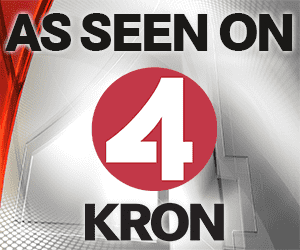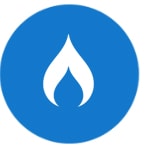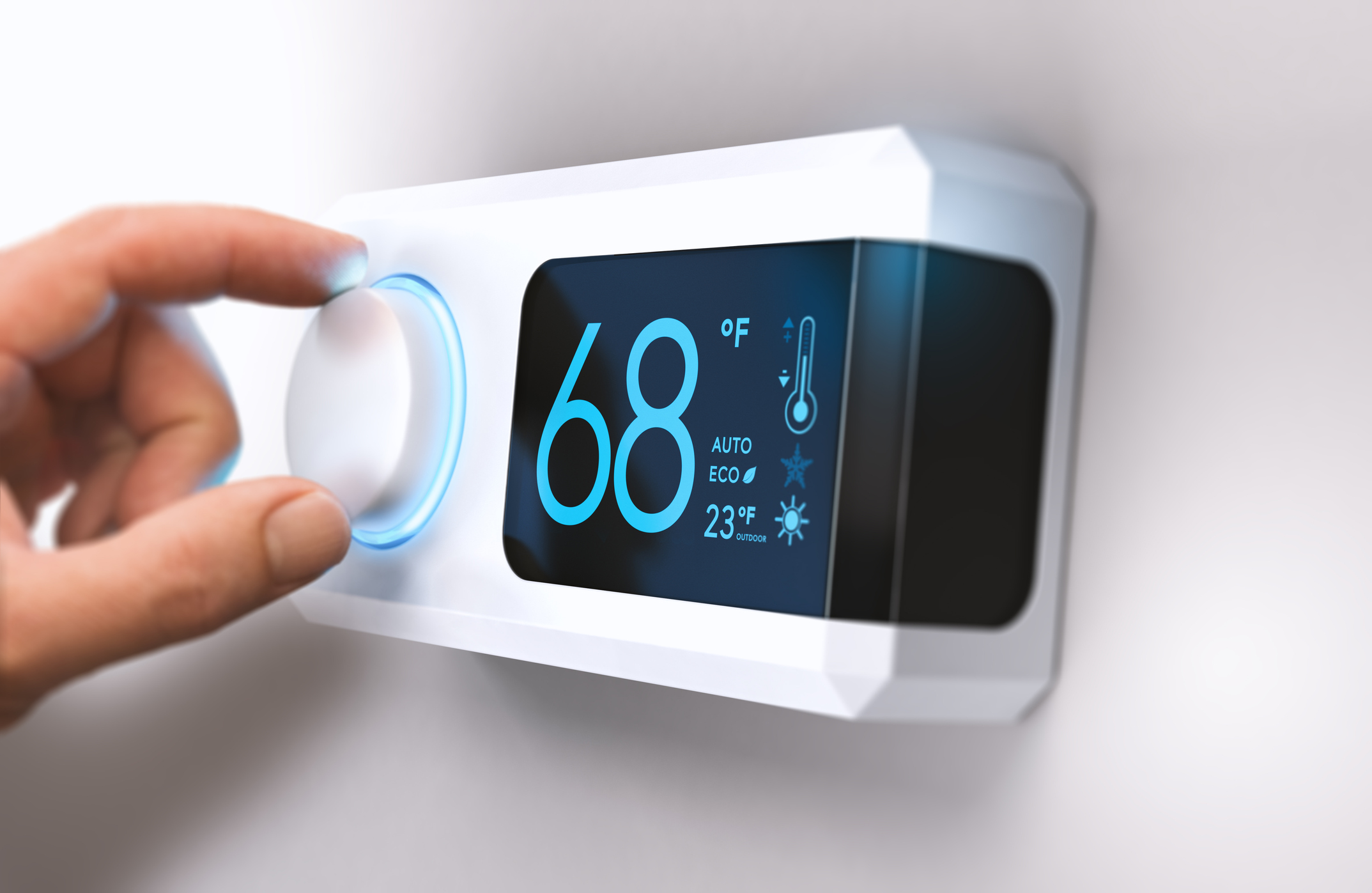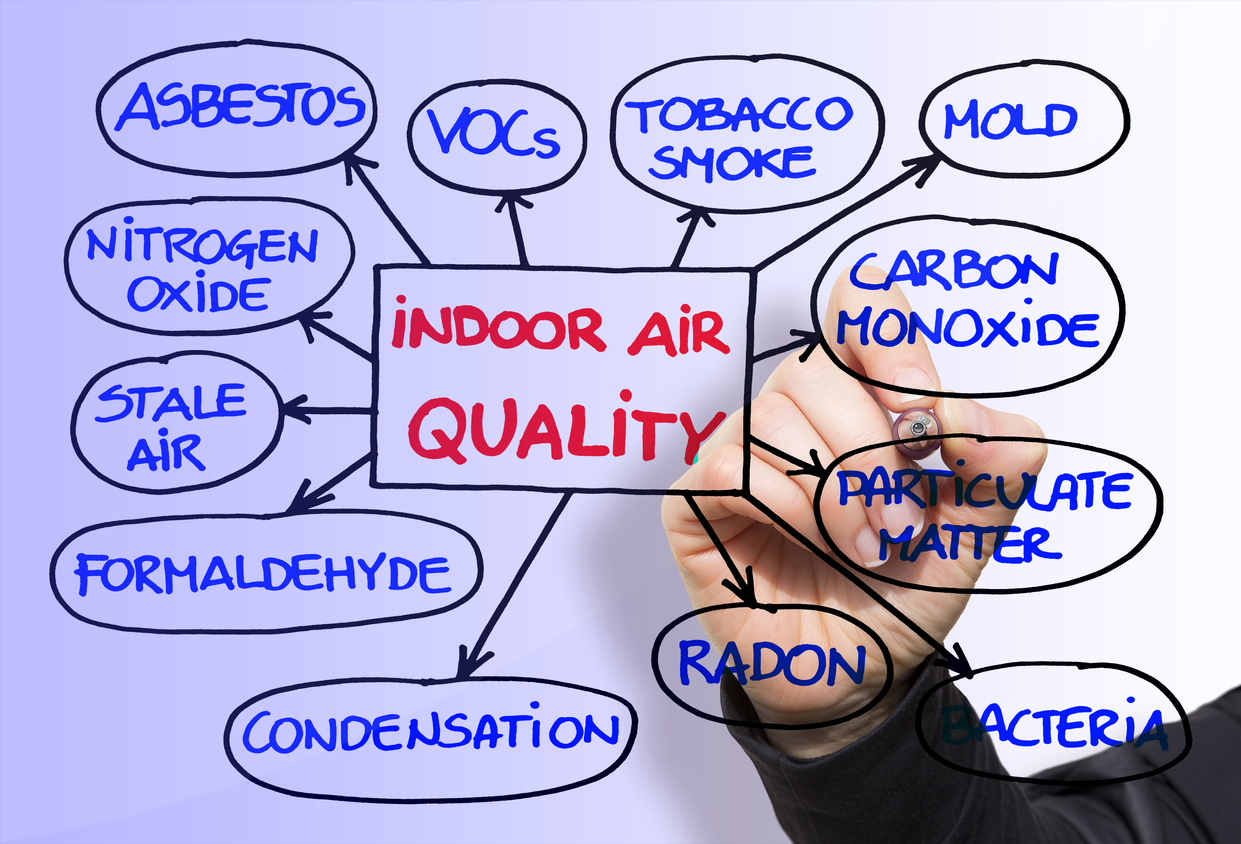HVAC Services Serving All of Solano, Napa & Contra Costa Counties, and the Bay Area
Our Reputation speaks for Itself
A-1 Guaranteed is a family-owned and operated business that serves HVAC Services Serving All Of Solano, Napa and Contra Costa Counties, Fairfield, Vacaville, and the Bay Area with Heating and Air Conditioning, Tankless Water Heaters, Windows, Insulation and/ or Duct Replacement needs. As one of the premier service businesses in the area, we have helped thousands of satisfied, loyal customers improve the energy efficiency of their homes and offices.
We are available Monday through Friday and by appointment on Saturday. Our fast and efficient attention to your needs will prove our dedication to our customers is the foundation of our business. Our professional staff is knowledgeable and looks after your best interests when it comes to your environmental comfort needs. We are an Energy Upgrade CA participating contractor. We are honored that our customers consider us #1 in providing trustworthy service and dependable comfort.
A-1 Guaranteed?
- Voted best heating/cooling company for 16 years
- Voted Best of The Bay for 5 years of KRON 4 TV
- Commercial and Residential Installation
- Angie’s List Super Service Award for 4 Years
- Energy Upgrade Participating Contractor
- Factory Trained Installers and Techs
- Drug-free Environment Enforced and Maintained
- Better Business Bureau Honor Roll 24 Years
- Diamond Certified Company
- North American Technician Excellence (NATE) certified
- Bay Area Certified Green Business
- All employees fully background checked for your safety
Recent News
OUR BLOGS
Making Energy Efficiency Upgrades to Your Home?
Why You Must Also Upgrade Your HVAC System
There are many benefits to making upgrades to your home to improve its energy efficiency. You’ll reduce your carbon footprint, enjoy lower energy bills, and be able to maintain a comfortable temperature inside the home easier.
Whether you’re planning on adding insulation, installing an energy-efficient thermostat, or replacing old windows with new ones, it’s critical that you don’t overlook the importance of also updating your HVAC system, or you could be negating all the benefits you’re trying to achieve.
How Energy Efficient Upgrades Affect Your HVAC System
Many people have added or will add upgrades in their homes throughout the Bay Area to reduce their environmental impact. However, far too many homeowners and business owners are unaware of just how much these updates affect their heating and cooling systems.
Some of the most impactful energy upgrades that property owners often make include installing high-quality insulation and double-paned windows, both of which cut down on the energy that is lost due to leaks. Making energy efficiency improvements like these alters the heat load of a home or building.
What is Your Home’s Heat Load and How Do Energy Efficiency Improvements Change It?
Every home has a heat load that can be calculated using several different methods. This calculation depends on several factors including energy efficiency upgrades (or the lack of them), the square footage of a building, the number of occupants, heat generated by lighting, the average ceiling height of rooms, and more.
A heat load is the amount of heat per a certain unit of time that a building must maintain in order to stay at a specific temperature. In the case of homes, that temperature would be whatever temperature the residents’ comfort level is at. Usually, the heat load is measured per hour and expressed in either kW (Kilowatts) or Btu (British Thermal Units).
A Test by the U.S. Department of Energy
During a hypothetical demonstration, the U.S. Department of Energy calculated how much the heat load of a 2,000 square foot house would change with several energy efficiency improvements.
In the hypothetical house, insulation was added to the ceilings and the walls, windows were upgraded from single-pane to double-pane glass, and window overhangs were extended. In addition, the house’s ducts were moved into conditioned spaces to eliminate duct leakage. Prior to these energy efficiency upgrades, the house’s heat load was calculated to be 46,100 Btu/hr. After the updates, it was just 21,300 Btu/hr.
In this example, the house’s heat load was cut in half. A change this significant surely affects a home’s HVAC system, and here’s how:
In the 2,000 square foot home prior to updates, there would have been a 4-5 ton HVAC system installed, which would’ve been appropriately sized for the home. However, HVAC units are sized based on the heat load, not solely on the square footage of a building, as many people think.
Therefore, after efficiency updates had been installed in this particular hypothetical house, proper sizing for the HVAC unit would only have been 2 tons, not the original 4-5 tons.
If the HVAC system is not properly updated along with the rest of a house, it will no longer be appropriately sized.
This results in everything from higher energy bills to short cycling to frequent motor burnouts in the unit and a significantly shortened lifespan of the unit.
Contact A-1 Guaranteed Heating & Air, Inc. for Your Bay Area HVAC Needs
If you’re planning on installing some energy efficiency upgrades for your home or business, contact A-1 Guaranteed Heating & Air, Inc. We’ll make sure your HVAC system is appropriately sized for your heat load! We serve customers throughout Napa and Contra Costa counties, Solana, Vallejo, and the entire surrounding area.
Do You Need to Replace Your Thermostat?
There is no better time to upgrade your thermostat than right now. The advancements in technology with home comfort require that homeowners follow suit and keep up by installing the latest state-of-the-art devices.
Your thermostat is a critical component of your heating and cooling system. If you’ve had the same thermostat for several years, you could be missing out on convenient, money-saving features without even realizing it.
Heating and Cooling in Vallejo, CA
Whether you’re running your air conditioner or your furnace, it’s your thermostat that regulates when your HVAC system kicks on and off. Replacing your thermostat is an excellent way to make sure your home is always comfortable, and you’ll save money on your energy bills, too.
Even if you think your thermostat is working properly, it may not be. Following are some clues to look for that may signal that it’s time to replace your thermostat:
You Might Need a New Thermostat If…
Your Air Conditioner was Replaced, but Not Your Thermostat
Any time you replace your air conditioner (or furnace, for that matter), your thermostat should also be replaced. This ensures that the entire system will be paired as entirely new, resulting in peak efficiency and operation.
Pairing an old thermostat with a new air conditioner or furnace can actually ruin the efficiency of your system, negating much of the benefit of a new A/C or furnace. Modern thermostats work to optimize both the efficiency and the comfort of your home.
Your Furnace or A/C Keeps Turning Off or On
When a system keeps turning on and off constantly, it’s called short cycling. This is not only bad for the system, but also for your home. Short cycling causes an immense amount of premature wear and tear on your system, which will struggle to maintain your home’s temperature. The primary function of the thermostat is to send signals to your furnace and air conditioner for proper operation.
If the thermostat isn’t working properly, it can send signals to the system to turn on even though it’s not needed. Then, almost immediately, it senses the temperature has reached the desired setting and sends a signal to your HVAC to shut right back off again. If you notice this happening, start your troubleshooting by replacing the thermostat.
Your Energy Bills are Suspiciously High
Just about everyone looks for ways to lower their energy bills. When there’s a problem with your thermostat, nothing you do will make the difference you’re looking for until you change that thermostat. When you notice that your energy bills are higher than normal, the first thing to look to is the thermostat.
Usually, a thermostat that isn’t working correctly will cause your HVAC system to work harder than it should be. It will often cause the short cycling issue described above. The more your system cycles each hour, the more power it uses, and the higher your energy bills will be.
You Notice Constant Temperature Shifts
A faulty thermostat is going to have a hard time maintaining the settings you require, and can even mysteriously shift the temperature settings on its own without warning. You can test for the presence of this issue by lowering the settings for a while and seeing what happens. If you still notice a wide range of variations in your home’s temperature, you’ll need to replace that thermostat.
HVAC Service in Contra Costa and Napa Counties
If you suspect that your thermostat may need to be replaced, call on the leading HVAC company in the Bay Area to get the job done right. A-1 Guaranteed Heating & Air, Inc. serves customers in Fairfield, Solano, Vacaville, Napa and Contra Costa counties, and the Bay Area.
Contact us today to schedule an appointment and get a new thermostat installed for your HVAC system.
3 Myths about Electrification in California
There’s a lot of talk right now about electrification, which is the process of replacing technologies that use fossil fuels with ones that use electricity. Americans generate 600 million tons of carbon dioxide each year as 70 million homes and businesses burn oil, propane, and gas for heating spaces.
There are two main types of electricity: static, which is generated by friction, and current electricity, which is generated by the flow of an electrical conductor or charge.
The process of electrification may seem like a tall order, and it is. However, it’s easier than you might think and well worth the effort. There are many benefits to consumers, three of which include lowering energy prices, reducing the environmental impact on the energy grid, and increasing the reliability of the grid.
That said, there are a lot of myths and misinformation regarding the process of electrification. Here are three of the biggest ones:
1. Electrification in California is too Expensive
The four key technologies of electrification are wind, electrolyzers, solar, and batteries. Going with wind and solar is already cheaper than all of the fossil fuel alternatives out there. Costs will keep decreasing as growth continues, too. In addition, building fossil fuel homes is more expensive than building all-electric homes.
When these energies were first deployed, costs were grossly overestimated because experts incorrectly assumed linear growth. However, these energies have grown at 25%-45% each year for the past 20 years at an exponential, not linear rate.
2. Financial Markets will Crash when We Leave Fossil Fuels
It’s true that there is a lot of money ingrained in fossil fuels. It’s estimated that 25% of equity markets are invested in fossil fuel producers. The good news is that we’ve likely already hit the fossil fuel peak for demand
Financial markets are already beginning to revise their risk models and no longer predicting ever-rising fossil fuel demand.
3. Intermittency is and will be a Big Problem
By design, the four technologies are complementary and together, will solve intermittency issues. Green hydrogen will enable short and long energy storage duration and batteries will offset periods of low renewable generation.
In addition, as the cost of the four technologies decreases, more technologies will be built, improving the reliability of the grid.
Electrification is a key part of reducing emissions and improving the climate change crisis. It creates healthier living environments, and it’s cheaper to build all-electric homes than to build fossil fuel-using homes.
Creating Healthy Living Environments
The air indoors, where people spend up to 90% of their time, is often more polluted than outdoor air. In addition, homes that have gas stoves in them have concentrations of nitrogen dioxide that are 50% to 400% higher than homes that contain electric stoves.
In addition, other pollutants in homes with gas appliances can cause adverse health effects. These pollutants include particulate matter, carbon monoxide, and formaldehyde. Respiratory conditions like allergies and asthma are exacerbated in these homes. Children living in homes with gas appliances are 42% more likely to suffer from asthma symptoms than kids who live in homes with electric appliances.
Contact A-1 Guaranteed Heating & Air, Inc. for Green Energy Solar Energy Services
Improving the energy efficiency of your home by integrating solar power is a great way to decrease your carbon footprint. You’ll be in compliance with the recent legal changes phasing out fossil fuels. We can also perform an air quality audit of your home and provide solutions to improve the quality of the air within it.
Contact A-1 Guaranteed Heating & Air, Inc. today for a no-obligation quote for solar power installation in Solano. We also serve customers in Napa, Contra Costa, Vallejo, and all surrounding areas.
Tips for Improving Indoor Air Quality During the Winter
According to the Environmental Protection Agency, the air inside our homes and within other buildings can be more polluted than the air that fills the dirtiest, busiest, most polluted industrial cities in the world. Not only that, but research also indicates that lately, people spend about 90% of their time indoors.
For these reasons, the health risks that poor air quality brings to many people can be serious. This is especially true regarding the elderly, the chronically ill, young children, and anyone who suffers from cardiovascular disease or respiratory ailments.
Understanding Causes of Indoor Air Quality Problems
Appliances and devices like outdated, unmaintained, or malfunctioning HVAC systems that release particles or gases into the air are the biggest causes of indoor air quality problems in peoples’ homes. Having inadequate ventilation throughout the home can make it worse. If the air inside is humid or hot, the concentration of pollutants increases.
Some of the most common causes of indoor air pollution include:
- Household products
- Improperly adjusted HVAC systems and appliances
- Smoking
- Building materials and furnishings
- Pet dander
Combustion sources also contribute to indoor air pollution. These include:
- Kerosene
- Gas
- Coal
- Wood
- Tobacco products
- Radon
- Pesticides
- Humidification devices
- Asbestos insulation
- Damp carpet
- Furniture made of pressed wood
The health effects from indoor air pollution can be experienced upon exposure or even years later.
How to Improve Indoor Air Quality this Winter
The first step in improving the air quality in your home is to identify the main causes of such issues. The presence of any of the above causes of indoor air pollution does not in itself guarantee that you have an indoor air quality problem. However, any ill effects people experience may very well be.
Think about Your Lifestyle and Activities
Another way to identify potential air quality problems is to consider your activities and lifestyle. Do you smoke indoors? Do you own any pets? Do you cook often in the home? The EPA suggests that the most effective way to improve indoor air quality is to control the sources. Always operate stoves with a fan vented to the outdoors if possible, and with wood-burning stoves and other combustion sources, always follow manufacturer instructions exactly.
Improve Your Ventilation
In addition, you’ll need to look for problems with your home’s ventilation. Some signs that may indicate ventilation issues include:
- Stuffy or smelly air
- Dirty HVAC equipment
- Mold in areas where books or shoes are kept
- Condensation on walls or windows
It’s recommended that you weatherize your home in order to reduce the need to run your HVAC and ventilation systems. Weatherizing your home doesn’t add new pollutants to the air. Adding insulation, weather stripping, and caulking, along with installing storm windows, can make a big difference.
Weatherizing your home can not only decrease your furnace usage but also save you money on your energy bills and reduce polluted air that may otherwise enter the home. Adding a fan that vents to the outdoors over your range will decrease pollutants from cooking. You can also use a dehumidifier in moisture-rich areas.
Have an Air Cleaning System Installed
Having home comfort experts come to your home and perform an air quality audit will reveal sources of pollution, identify pollutants, and help you understand what steps you can take to reduce allergens, dander, and other pollutants.
This is especially important if you or someone in the household suffers from asthma, allergies, COPD, or any other breathing ailment. A-1 Guaranteed can install a new air cleaning system for your home. These systems are able to remove up to 99.98% of all airborne allergens indoors! Contact A-1 Guaranteed and schedule a time to learn more about air cleaning systems and how we can help you breathe easier.




















